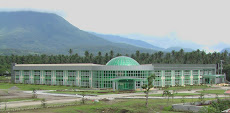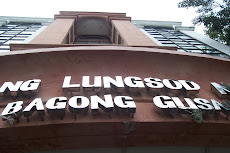City Administrator Loreto S. Amante announces last Monday morning that the celebration of the 111th Independence Day on June 12 will officially starts on Thursday, May 28 which is being commemorated as National Flag Days.
The Flag and Heraldic Code of the Philippines, also known as Republic Act No. 8491, states that every year, from May 28 (National Flag Day), to June 12 (Independence Day), all offices, agencies, and instrumentalities of government, business establishments, schools and private homes are enjoined to display the Philippine flag throughout this period.
This is to give respect and reverence to our symbol of national sovereignty and solidarity. The Philippine flag is the embodiment of all our country’s ideals, culture and tradition Amben Amante said.
RA 8491 also mandates that the national flag should be permanently displayed or hoisted, day and night, all year round, in front of important buildings such as the Malacañang Palace, the Congress of the Philippines building, Supreme Court Building, Rizal Monument, Aguinaldo Shrine, Barasoain Shrine, Tomb of Unknown Soldiers, Libingan ng mga Bayani, Mausoleo de los Beteranos dela Revolucion and in all international ports of entry. And young Amante reminded the public that the national flag can be displayed inside or outside a building or be raised on flagpoles. If the flag is displayed indoors, it should be to the left of the observer as one enters the room. If outside, the flagpole should be stationed in a prominent place or in a commanding position.
As a national symbol, the Philippine flag can also be flown from a staff projecting upwards from the windowsill, canopy, balcony or facade of a building or in a suspended position from a rope extending from the building to a pole outside. It can also be displayed flat against the wall vertically, with the sun and the stars on top. The flag can also be hung in a vertical position across a street, with the blue pointing east, if the road is heading south or north, or pointing north if the road is heading east or west. (7LPC/Ruben E. Taningco)
Wednesday, May 20, 2009
Subscribe to:
Post Comments (Atom)







No comments:
Post a Comment